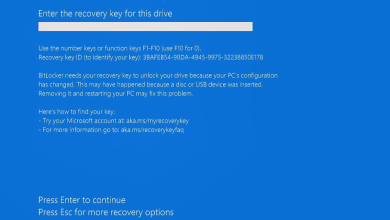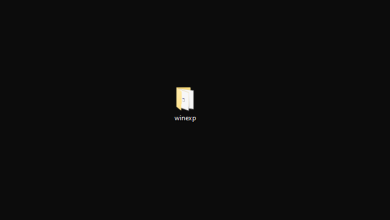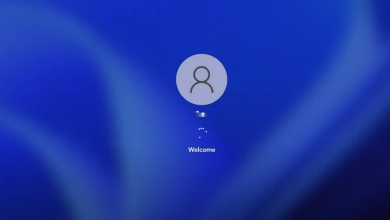Installing FFmpeg Library in Audacity
Any user that is trying to encode AAC audio will require importing FFmpeg in Audacity. Some other formats also require this library in Audacity. However, this library is not available in Audacity by default. Audacity will ask users to locate the ‘avformat-55.dll‘ for this library to work. Users need to install this library from the official Audacity manuals. In this article, we will show you how to Install FFmpeg Library in Audacity.

Audacity is including every most used library as a built-in with the latest version updates. Recently Audacity added the LAME MP3 Encoder as a built-in within the latest version of Audacity. Now users do not need to install the LAME library anymore. There is a possible chance that they will include the FFmpeg Library as built-in in the upcoming version of Audacity. However, for now, you can use the below method to install the FFmpeg Library in Audacity.
Installing FFmpeg Library in Audacity
Most of the libraries are already built-in with Audacity. The FFmpeg library allows Audacity to import and export large audio files. The formats that require this library are M4A (AAC), AMR, WMA, and AC3. However, some libraries like FFmpeg will still require the installation in Audacity. If you open the FFmpeg library in preference of Audacity, it will ask to locate the ‘avformat-55.dll‘ file to make this library work. There is no ‘avformat-55.dll‘ file in the Audacity folder. A user is required to download this library from the internet so that it can provide the DLL file to Audacity.
- Open your browser and download the FFmpeg libraries for your Audacity. Click on the download link of the executable file (.exe) for FFmpeg as shown below:

Downloading the FFmpeg installer - Open the FFmpeg installer file and run the setup. Follow the installation process and install the FFmpeg for Audacity.
- Now open your Audacity application. Click on the Edit menu in the menu bar and choose the Preferences option.
Note: You can also just press the CTRL + P keys to open the preferences of Audacity.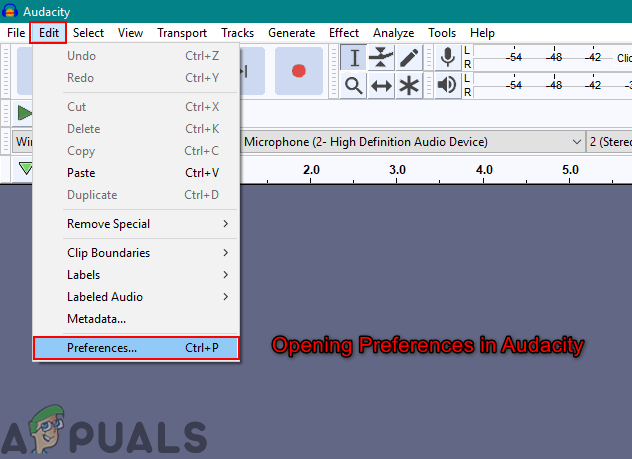
Opening the Preferences in Audacity - Select Libraries in the list on the left side. Click on the Locate button in front of the FFmpeg Library and it will automatically find the installed FFmpeg library for Audacity.
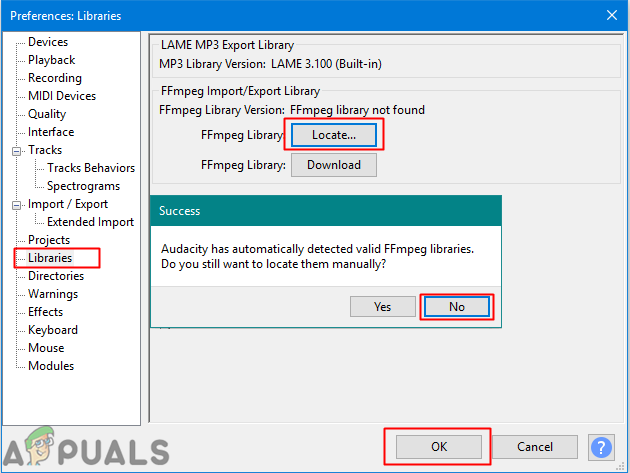
Adding the FFmpeg Library by clicking the locate button - Choose the No option for manually adding the library. Click Ok to close the Preferences window.
- Now you can import and edit large range or audio format files into your Audacity without any problem.
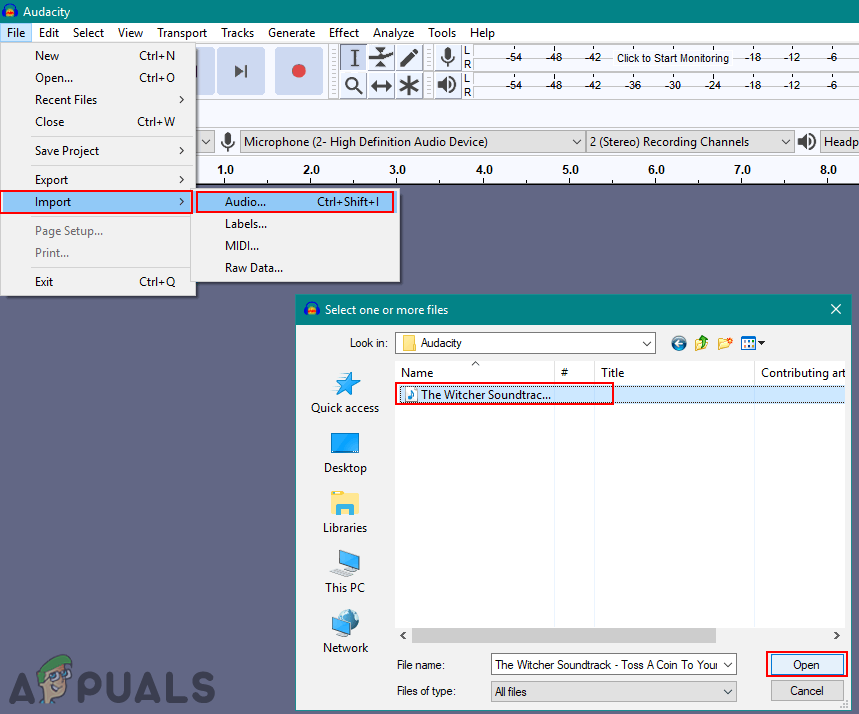
Importing audio in Audacity

